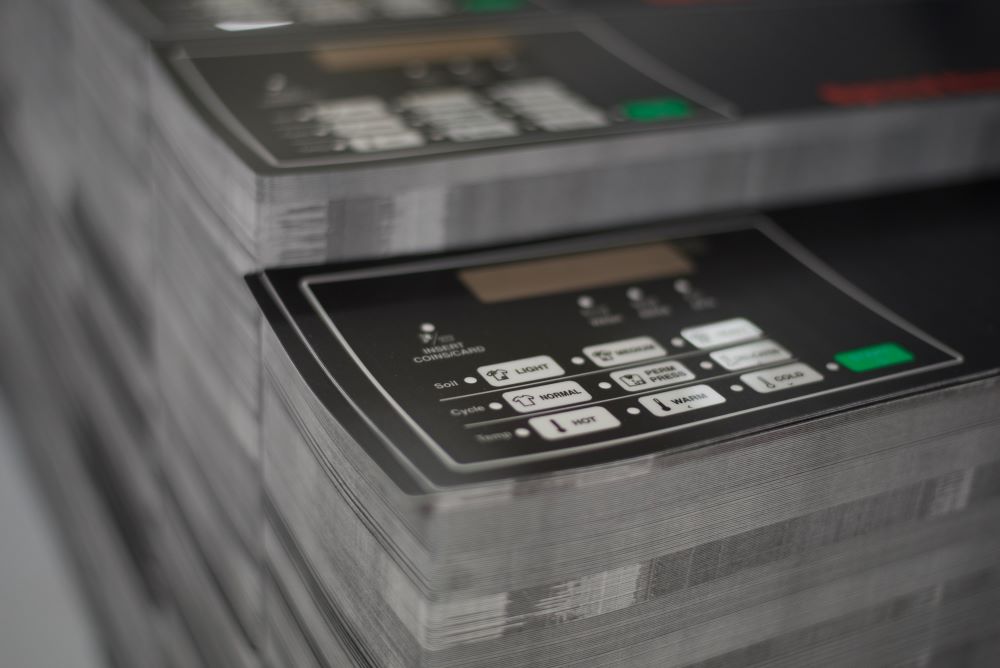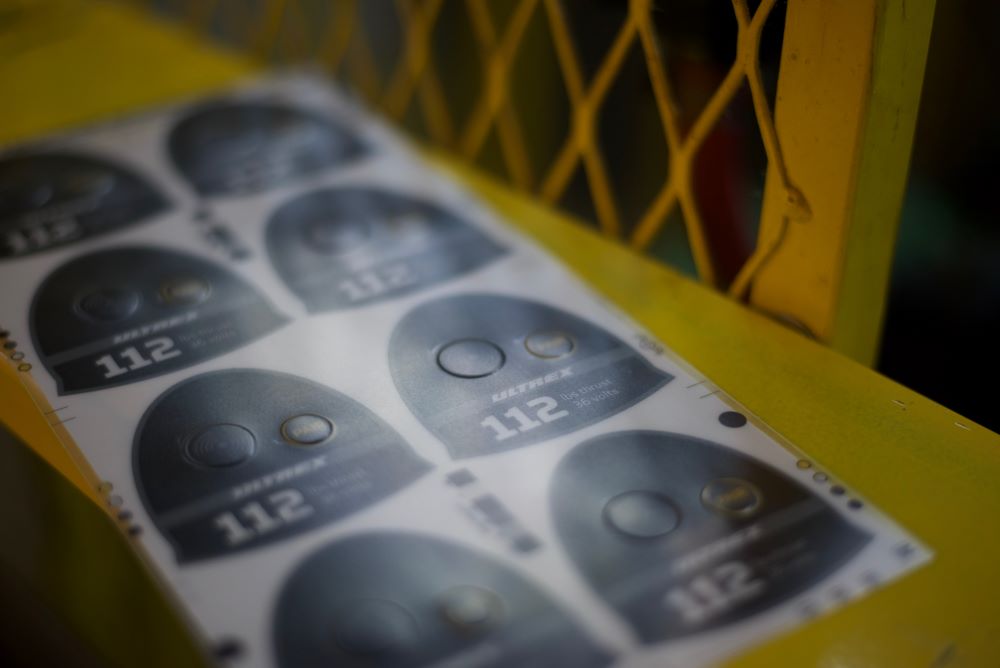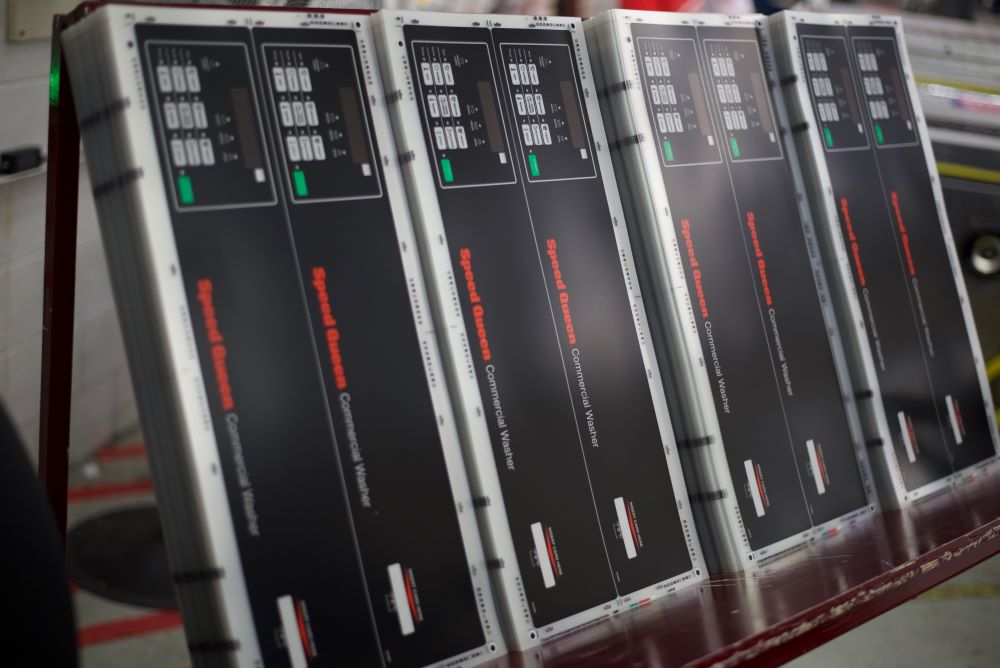By The Decal factory
San Antonio Texas
Introduction
The power of visual communication cannot be underestimated. As humans, we respond to and process visual data better than any other type of data. In line with this, a crucial element that greatly enhances the aesthetic and functional appeal of button-controlled machinery is the use of Lexan overlay decals. These decals not only improve the physical appearance of the machinery but also provide crucial information and direction to users.

What are Lexan Overlay Decals?
Lexan overlay decals are essentially thin, adhesive layers printed and applied to equipment, providing critical information about the operation and function of button-controlled machines. Made from Lexan, a high-quality polycarbonate resin thermoplastic, these overlays provide a balance of strength, resilience, and clarity, making them ideal for a wide range of industrial applications.
The Intricacies of Lexan Overlay Decals
When it comes to customizing Lexan overlay decals, the possibilities are limitless. These decals can be embossed, creating a raised or three-dimensional pattern that can enhance the user experience by providing a tactile response. Embossing not only adds a layer of sophistication but also helps users identify controls by touch, a particularly helpful feature in low-light conditions.
Further, the decals can be customized with die-cut adhesive. This manufacturing process involves cutting the adhesive into custom shapes and sizes to fit the specific equipment or machine. The die-cut adhesive ensures that the overlay perfectly adheres to the equipment, providing a clean and professional look while enhancing durability.
To ensure clear readability and reduce light interference, Lexan overlays can be printed with block-out ink. This ink effectively prevents light transmission, ensuring that the information and labels on the overlay are always visible and easy to read, even in bright lighting conditions.
Moreover, Lexan overlay decals can incorporate adhesive-free clear windows. These transparent sections allow for underlying LEDs or displays to be visible, providing essential operational data or system status indicators.
Applications and Versatility
Lexan overlay decals are versatile and can be used in a variety of button-controlled machinery. From complex medical devices to industrial machinery, automotive controls, and even home appliances, these decals serve as an interface between the user and the machine. By clearly labeling functions, they simplify the user experience, promote efficiency, and reduce operational errors.

Finishing Touches: Matte and Glossy Finishes
Apart from their functional benefits, Lexan overlay decals also enhance the visual appeal of machinery. They can be finished with either a matte or glossy surface, depending on the desired aesthetic.
A matte finish offers a non-reflective surface, which can be beneficial in high-glare environments, ensuring the overlay’s legibility. It also gives the overlay a premium, sophisticated appearance.
On the other hand, a glossy finish gives the overlay a shiny, reflective surface that is visually striking and vibrant. This finish can make the colors and designs on the overlay stand out, attracting attention and adding to the overall aesthetic appeal of the machine.

Conclusion
Lexan overlay decals are much more than just labels on machinery. They play a critical role in enhancing user interaction, safety, and the overall aesthetic appeal of button-controlled machinery. With the ability to be embossed, incorporate die-cut adhesive, utilize block-out ink, and even provide adhesive-free clear windows, these decals offer an impressive range of customization options that can meet the diverse needs of various industries. Whether you prefer a sophisticated matte finish or a vibrant glossy one, Lexan overlay decals can be the perfect solution to boost the usability and visual appeal of your machinery.

